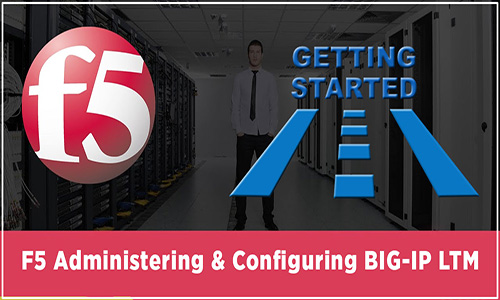Description
Course Description:
F5 Administering & Configuring BIG-IP Local Traffic Manager (LTM)
Course Objectives:
The Administering component introduces students to the BIG-IP system, its configuration objects, how it processes traffic, and how typical administrative and operational activities are performed. The course includes lectures, hands-on labs, interactive demonstrations, and discussions with emphasis on real work applications. The Configuring component provides an in-depth understanding of advanced features. This course covers the installation, configuration, and management of BIG-IP LTM systems.
Trainer – Prashant
Class requirements: Laptop/PC, wi-fi access, Chrome browser, Google account, eve ng
Benefits:
Attendees will be able to understand F5 201 – TMOS Administration. The purpose of this guide is to help you prepare for the F5 201 – TMOS Administration exam. The contents of this document are based on the 201 – TMOS Administration Blueprint Guide. The majority of the information is compiled from F5 sources that are located on the Internet. This study guide provides students with some of the basic foundational knowledge required to pass the exam. After completion, of course, students will be ready to take the F5 201 – TMOS Administration exam.
Course Content
- F5 Administering & Configuring BIG-IP Local Traffic Manager 0/18
- Getting started with the BIG-IP system & initial setup
- Traffic processing with LTM and SNATs
- Using the Traffic Management Shell (tmsh) command line interface
- Using NATs and SNATs
- Monitoring application health and managing object status
- Modifying traffic behavior with profiles
- Modifying traffic behavior with persistence, including source address affinity and cookie persistence
- Troubleshooting the BIG-IP system, including logging
- Always-On Management (AOM)
- User roles and administrative partitions
- Customizing application delivery with iRules
- A review of BIG-IP local traffic configuration objects
- Using dynamic load balancing methods
- Monitoring application health with Layer 3, Layer 4, and Layer 7 monitors
- Processing traffic with virtual servers
- COnfiguring high availability (including active/standby and N+1 sync failover de-vice groups, connection and persistence mirroring, and sync-only device groups)
- Deploying application services with iApps
- Customizing application delivery with iRules and local traffic policies
Tags: Network Security


